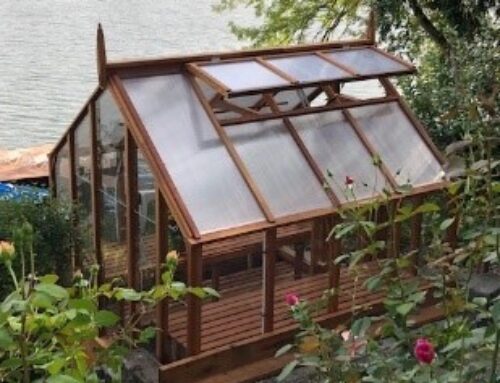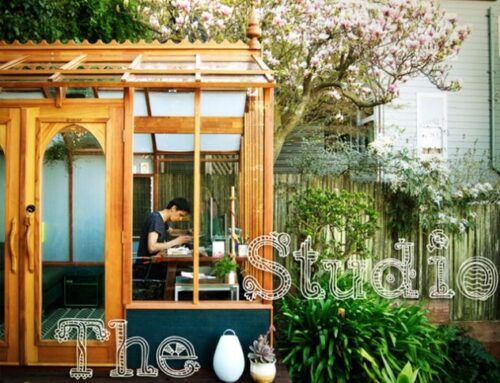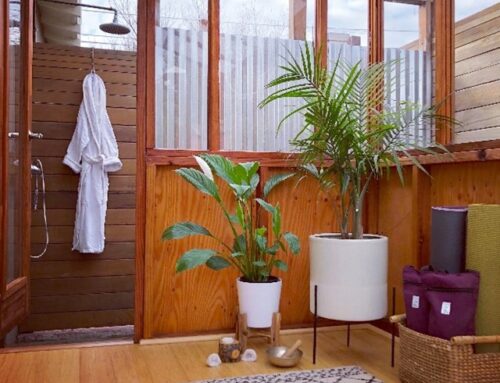Custom build greenhouse maintenance problems are caused by neglect. Keeping your freestanding glass greenhouse or a lean to greenhouse sunroom as an optimal working greenhouse is not hard when you do a little bit all year long. It’s not that gardeners deliberately leave maintenance until it’s too late; rather, everyone tends to be busy, or doing it themselves gets put off to a more convenient time. The trouble is, there’s never a convenient time. The most common problems can be avoided by keeping the greenhouse clean and addressing any faulty equipment.

Cleanliness
Real Life Quote: “Mom would stand the doorway to my very messy bedroom, hands on her hips, eyes blazing like a drill sergeant barking commands to her new recruits and her voice, behind clenched teeth, like a cat in battle for its life, would hit my tender eardrums, “You are NOT leaving this room until it’s clean!”
Well, hopefully your life does not have to have that much drama! However, in a glass greenhouse, everything gets dirty. Unless you’re using hydroponics or some other non-soil growing medium, the sand, dust and soil is literally at the root of everything you cultivate. And the soil has a way of finding itself onto many of the surfaces.
As if that wasn’t enough, the glass itself also gets dirty. For greenhouses without a wall mount circulating fan, water vapor is distributed around the greenhouse and it can condense on the inner surfaces, and then when the water evaporates, the dust is what is left behind. On the outside, standing water encourages the growth of fungi and attracts pests. Once any dirt and grime are allowed to settle, then pests and mold are possible.
Cleaning Your Greenhouse
The most effective way to clean exterior glass and other surfaces is with a mild soap (Dawn brand), soft bristle brush and a hose 4 times a year. That said, you can sweep the floors anytime, and doing so as you go makes the job a lot easier than waiting until it’s really a mess. Disinfectants and strong surfactants (soaps) must be handled by those who really know what they’re doing. Chemicals can be dangerous for people and plants if they are mishandled.

Broken Equipment
Everything in a custom build greenhouse, including the structure itself, can break or malfunction. Be watchful for problems and fix them as soon as possible. Here’s some examples:
• Heaters – Older electric heaters tend to corrode. Newer electric heaters, such as those made especially for greenhouses are better made. If you notice the element is not heating, the thermostat is not tracking or the internal fan is not operating, it’s time to replace or repair the heater. Gas heaters have similar maintenance issues. The sooner you catch a problem, the better chance you will avoid losing sensitive plants.
• Fans – Fans, such as wall mount fans, exhaust fans and overhead ceiling fans collect dust in moist greenhouse environments. Use the Fan manufacturer’s instructions to clean the dust off the motor, fan safety cage and fan blades. A wall mount oscillating fan may stop oscillating. When this occurs, the fan needs to be replaced. Keep fans free of the dirt and gunge that builds up from excessive lubrication. Wherever there are moving parts, apply only as much as you need to do the job; and be sure to wipe off the excess when you’re finished.
• Automatic roof vent openers – These include openers such as the Bayliss openers from Sturdi-Built Greenhouse. When a roof vent fails to open either power tube needs to be replaced or the hinges need repair.
• Doors and Windows – Doors and any opening windows should be checked 4 times a year. Do hinges need tightening, does it open easily, is any of the wood framing need replacement, is any glass broken? In the winter it’s not uncommon for a wood door to absorb moisture and for the wood to swell. Adjust the door if necessary.
• Screens – Screens also wear with use. In some places bugs and other critters eat holes in screening. Check screens for tears and holes.
Irrigation equipment – Check everything that transports or stores water for leaks or cracks. Remember that water “finds its own level”, so you may have to do some investigating to find the actual source of the problem.
Greenhouse Glazing
Check for cracked, slipped or broken glass and replace damaged panes as soon as you notice them. Gaps can let insects in, and water that freezes in the cracks can make the situation much worse. Look over all of your greenhouse; not just in the obvious high use areas. It’s worth taking a close look after a day of high winds or a strong storm. Look especially for signs of corrosion or breaks in the metal itself.
Prevention
An “ounce of prevention is worth a pound of cure”, and that’s certainly the case when it comes to your greenhouse and the equipment that you use with it. The easiest way to prevent problems from occurring is to follow a routine inspection schedule.
If you do a little bit each week or every couple of weeks, then it won’t take you more than a few minutes at a time. Create a routine that works for you. and then put it into practice.











Leave A Comment